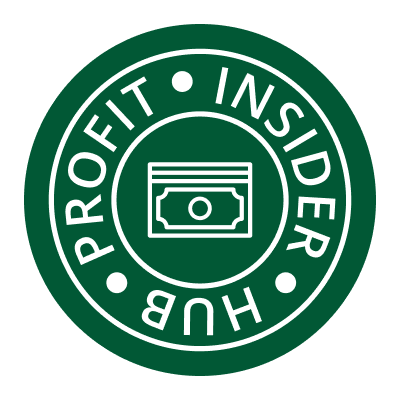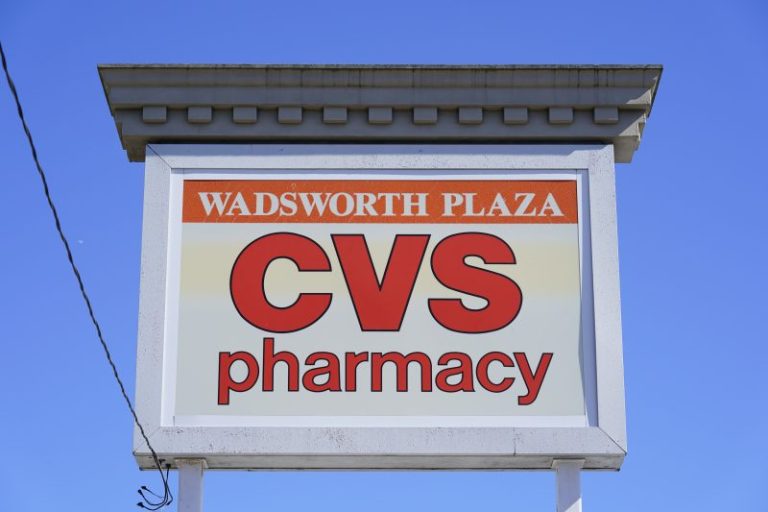(NEXSTAR) – Kids today say the darndest things, sometimes using slang terms or expressions without knowing exactly where they came from. (“Rizz,” maybe? “6–7,” anyone?) But Americans of all ages have long been using words, phrases, and especially acronyms that have well-known meanings, but not-so-obvious origins.
Wanna test your acronym acumen? See if you can work out the words behind seven common acronyms that you, and maybe your kids, are probably using without giving a thought to their backgrounds.
CVS
CVS, the country’s largest pharmacy chain, was founded in Lowell, Massachusetts, in 1963. But visitors to that first shop may have noticed signage welcoming them not to a “CVS,” but rather a “Consumer Value Store.” Even the earliest locations, however, were embracing the CVS acronym. By 1964, the company developed a shield logo with the letters “CVS” in the center, and by the end of the decade, the chain was primarily known to consumers as just CVS. CVS shoppers likely haven’t seen “Consumer Value Stores” in many commercials or consumer-facing materials since.
Winning a bidding war isn’t always a win, research on 14 million home sales shows
TASER
The TASER, or taser, as it’s often written, was developed in 1970 by NASA (National Aeronautics and Space Administration) engineer Jack Cover. In seeking to develop a nonlethal means of incapacitation, Cover was reportedly inspired to name his invention after a science fiction book he loved as a child: “Tom Swift and His Electric Rifle.” (He initially named his invention a T.S.E.R., but told the Washington Post in 1976 that he added an “A” when he got “tired of answering the phone ‘T.S.E.R.,’” according to a 2009 obituary.)
Rick Smith, who helped develop a gunpowder-free version of the TASER and co-founded TASER International (now Axon Enterprise, Inc., which is the official retailer of Taser products) also admitted in a 2019 Reddit AMA (Ask Me Anything) that he was unaware of TASER’s meaning until he began developing his prototype.
Busch Light giving away 19 years’ worth of ‘beer money’
“I thought the name TASER was an amazing brand name,” Smith said. “It is powerful in connoting what the device is and does, and honestly, I was surprised when I learned it was an acronym.”
ABBA
ABBA, the name of the Swedish group responsible for such hits as “Waterloo,” “Dancing Queen” and “Fernando,” is an acronym consisting of the first letters of the four members’ first names: Agnetha, Björn, Benny and Anni-Frid. They also settled on “ABBA “in 1974, after having recorded their first hit under their longer, original band name of Björn & Benny, Agnetha & Anni-Frid, according to the group’s official site.
OK
The most widely accepted origin for the abbreviation OK is that it traces back to a fad in 1830s Boston, where “young, educated elites deliberately misspelled words and abbreviated them for slang” as some sort of joke among themselves, author and History.com contributor Christopher Klein once explained. One of these misspelled word pairings — “oll korrect,” meaning “all correct” — was shortened to OK, and eventually appeared in an 1839 edition of the Boston Morning Post, in an article intending as a jab at the editors of a nearby Providence Journal out of Rhode Island, as discussed in the 2010 book “OK: The Improbable Story of America’s Greatest Word.”
TGI Fridays offering free food for some federal workers amid shutdown
Supporters of then-President Martin Van Buren’s reelection campaign soon adopted the acronym as part of a slogan ahead of the 1840 election, partially as a reference to Van Buren’s nickname of “Old Kinderhook.” (He lost that election to William Henry Harrison, FYI.) OK later secured an even greater place in the American vernacular after telegraph operators took a liking to it, according to Vox.
CAPTCHA
Anyone who regularly uses the internet has been subjected to a CAPTCHA, a test of sorts to help website operators differentiate between human users and computer programs, to help keep “bots” from accessing sensitive information. It makes sense, then, that CAPTCHA is an acronym for Completely Automated Public Turing test to tell Computers and Humans Apart. (A Turing test, named after cryptologist and mathematician Alan Turing, is a test of a computer’s ability to produce an output that could pass for that of a human, and even fool a human evaluator.)
Luis von Ahn, one of the people credited with inventing the CAPTCHA, later went on to help develop reCAPTCHA, a newer version (now owned by Google) with additional security features and a secondary purpose of digitizing books. He also once said the tech industry will need to continue to innovate security measures to prevent advanced computer programs from breaching secure sites.
“It’s a cat and mouse game though, and given some time the machines will be as good or even better than the humans at recognizing objects … so they’ll need to switch challenges again in the future,” he predicted in a 2017 Reddit AMA.
Guess the gadget: Game day tailgate edition
CARE Package
Care packages — small shipments of treats or supplies often sent to faraway family members or homesick college students — are a sweet way to exhibit care for a loved one. But senders and recipients might be surprised to know that care packages take their name from the original CARE Package: a shipment of supplies to World War II survivors that was facilitated by a nonprofit organization known as the Cooperative for American Remittances to Europe. (One of the nonprofit’s founders’ wives specifically came up with the organization’s name to fit the word “care,” making CARE both an acronym and a backronym.)
Early CARE packages contained military surplus items, such as canned meats or powdered milk, according to the Smithsonian’s National Museum of American History, but were later comprised of donations from food companies.
The CARE organization still exists, albeit with a new meaning for the acronym that reflects its efforts to provide supplies and life-saving services to communities around the globe.
Lyft scraps feature that let drivers see how often riders tip
“As CARE’s activities broadened, [its name] was changed to the ‘Cooperative for Assistance and Relief Everywhere,’” the organization’s website explains. “Today the name is used in its own right rather than as an acronym.”
Smart car
The German automotive brand that would eventually become Smart was originally envisioned by Nicolas Hayek, the former CEO of the Swatch Group. His idea for a new type of compact car, to be known as the Swatchmobile, was initially backed by Volkswagen before going into production in the late ‘90s thanks to a joint venture with the Mercedes-Benz Group (then known as Daimler-Benz), The New York Times reported.
The “Swatchmobile” moniker also underwent a change to “Smart,” an acronym (and likely a backronym) for Swatch Mercedes ART car.

